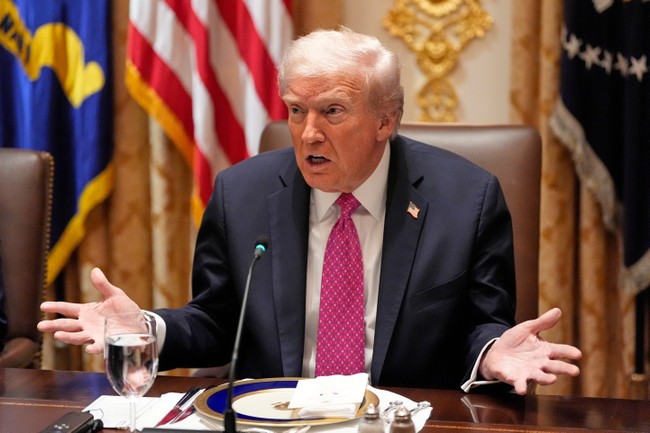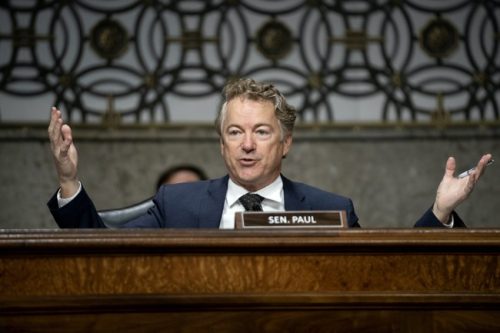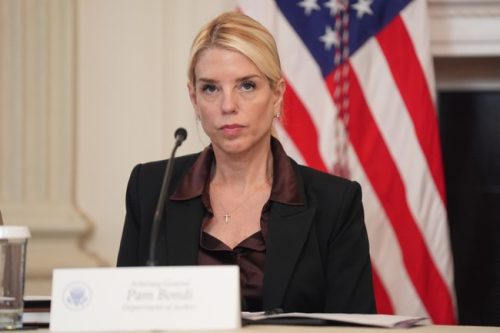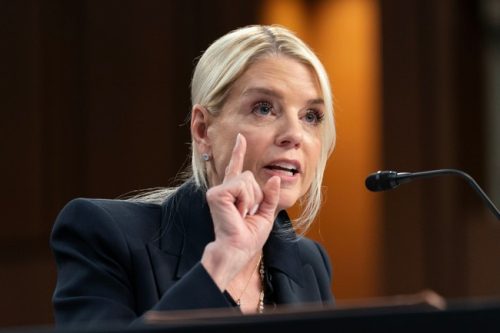A Wharton economist publicly pushed back against the panic over President Trump’s tariffs, arguing they did not trigger the economic calamity critics promised. Markets have moved in a positive direction, trade negotiations continued, and the tariffs are producing revenue while inflation remains contained. Mohamed El-Erian told Fox News that the anticipated retaliatory blowback and runaway inflation never materialized, and even admitted he miscalculated. That shift matters for how policy and politics are discussed going forward.
Back when tariffs were first announced, the media painted a picture of instant disaster: supply chains collapsing, prices exploding, and global retaliation sinking American exporters. Those warnings were sharp and repetitive, but the dire predictions did not play out the way critics promised. Consumer prices stabilized, and businesses adjusted rather than shutting down, which undermined the apocalypse narrative.
“When are we going to cut the interest rates, guys?” has become a common refrain among investors who think the Federal Reserve is overdue to respond to signals on growth. The chatter on Wall Street reflects a frustration that monetary policy hasn’t matched the improving data many see across sectors. If Jerome Powell eases rates, some argue the positives tied to tariffs and trade momentum could have more room to lift the economy further.
WOW — Economist/Wharton Professor says TARIFFS achieved something economists DIDN'T think possible!
"We thought there would be a massive retaliation against the US, there hasn't been…we're collecting $800 Billion of tariff revenue…inflation waned."
INCREDIBLE, @POTUS !! 👏 pic.twitter.com/OaNtWqyTcf
— Townhall.com (@townhallcom) October 27, 2025
Mohamed El-Erian, a Wharton professor and noted economist, used prime-time television to dismantle another core alarm: that the tariffs sparked a full-blown trade war. He pointed out there have been no sweeping retaliatory measures that cripple U.S. trade, and major partners in Europe and Asia remained willing to negotiate. Importantly, he noted the policy has generated “hundreds of billions of dollars in revenue” and has not produced the inflation spiral opponents predicted.
“He even said he miscalculated.” That admission lands differently coming from an establishment economist, and it undercuts the certainty with which many critics declared meltdown. Admitting an error on television signals a recalibration of expectations that benefits those arguing the administration’s approach deserves a fair hearing rather than immediate condemnation.
Markets have reacted to this recalibration. The Dow has climbed, corporate earnings have kept many investors optimistic, and bilateral talks in Asia led to fresh trade understandings that were hard to imagine during the initial backlash. Political opponents kept insisting the tariffs would isolate the United States, yet diplomats and negotiators have continued to engage, finding leverage rather than burning bridges.
From a policy perspective, tariffs have done two clear things: they have given the United States bargaining power at the trade table, and they have created an additional stream of federal revenue. Both outcomes change the calculus of trade negotiations and domestic economics, weakening the simple narrative that tariffs equal damage. The conservative take is straightforward: use leverage, secure better deals, and let results — not alarmism — guide the next steps.
That said, tariffs are not a cure-all. They are a tool to be wielded selectively and with awareness of supply chain realities, as well as the risk management that companies must do when policy shifts occur. The smarter use of tariffs is targeted application combined with negotiation, not blanket punishment that ignores strategic consequences for domestic producers and consumers.
Politically, the collapse-that-wasn’t has broader implications. When critics predict ruin and it fails to arrive, their credibility takes a hit and voters notice who was being realistic versus who chased headlines. The discussion now should be about refining tools, pressuring the Fed when warranted, and keeping the spotlight on results rather than perpetual doomsaying.






